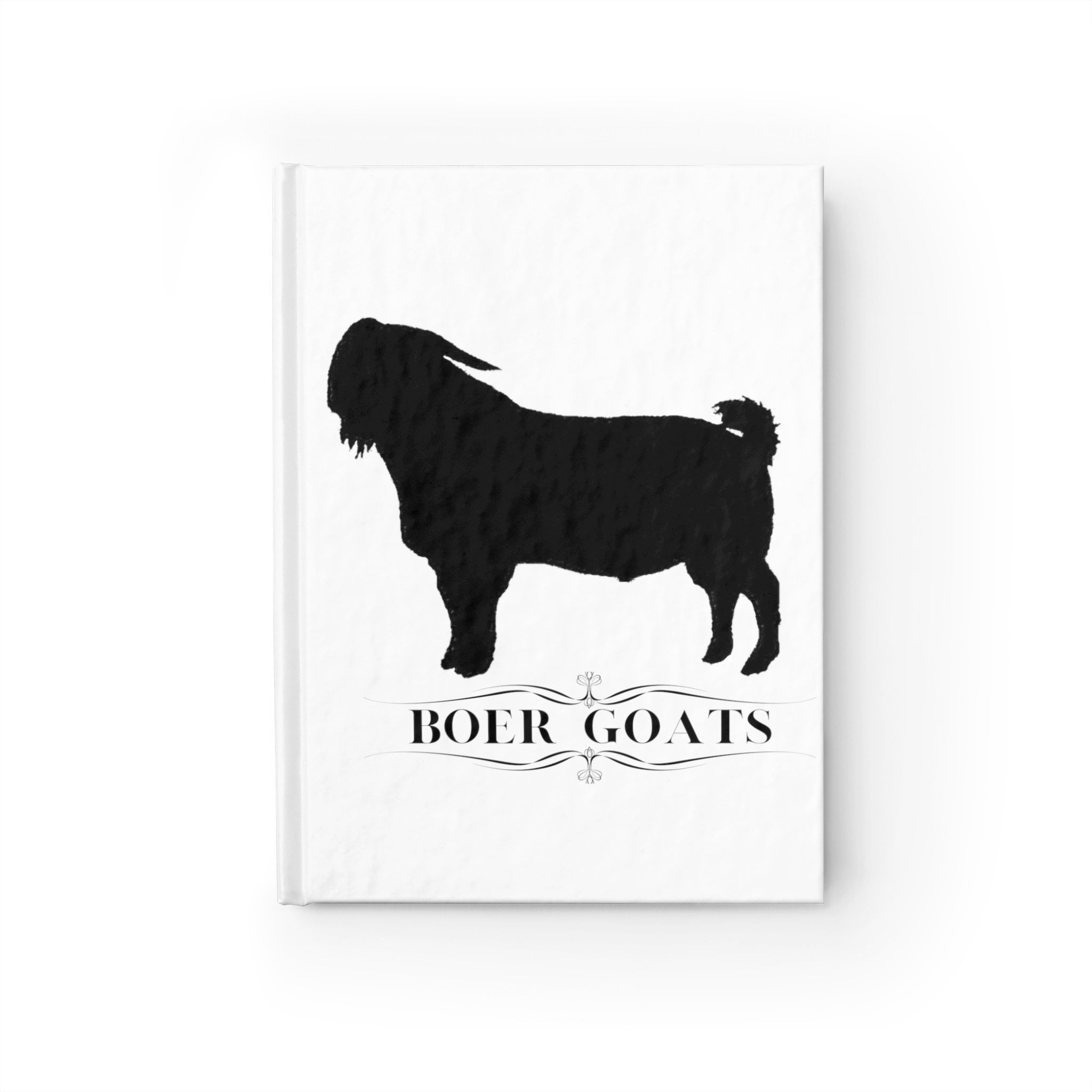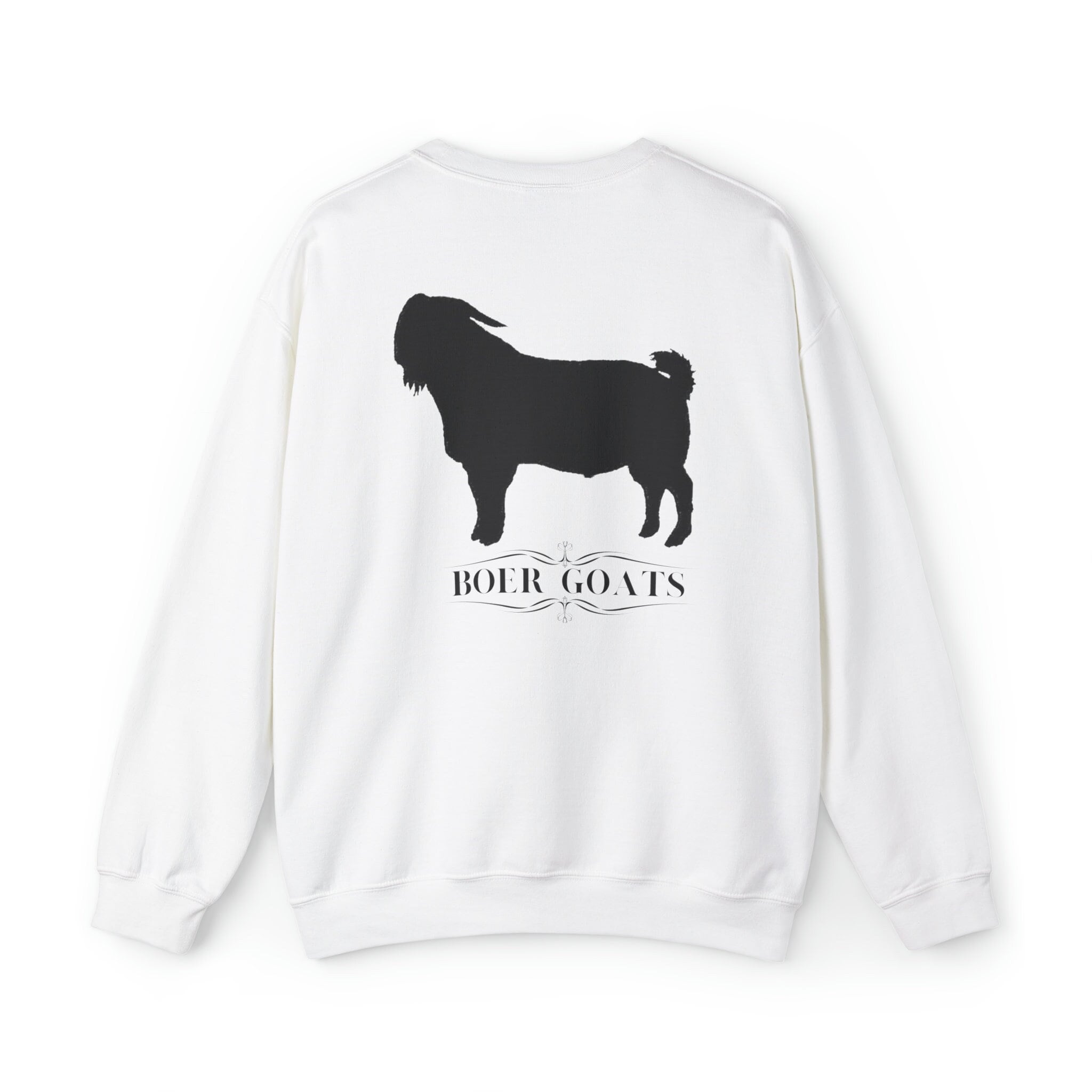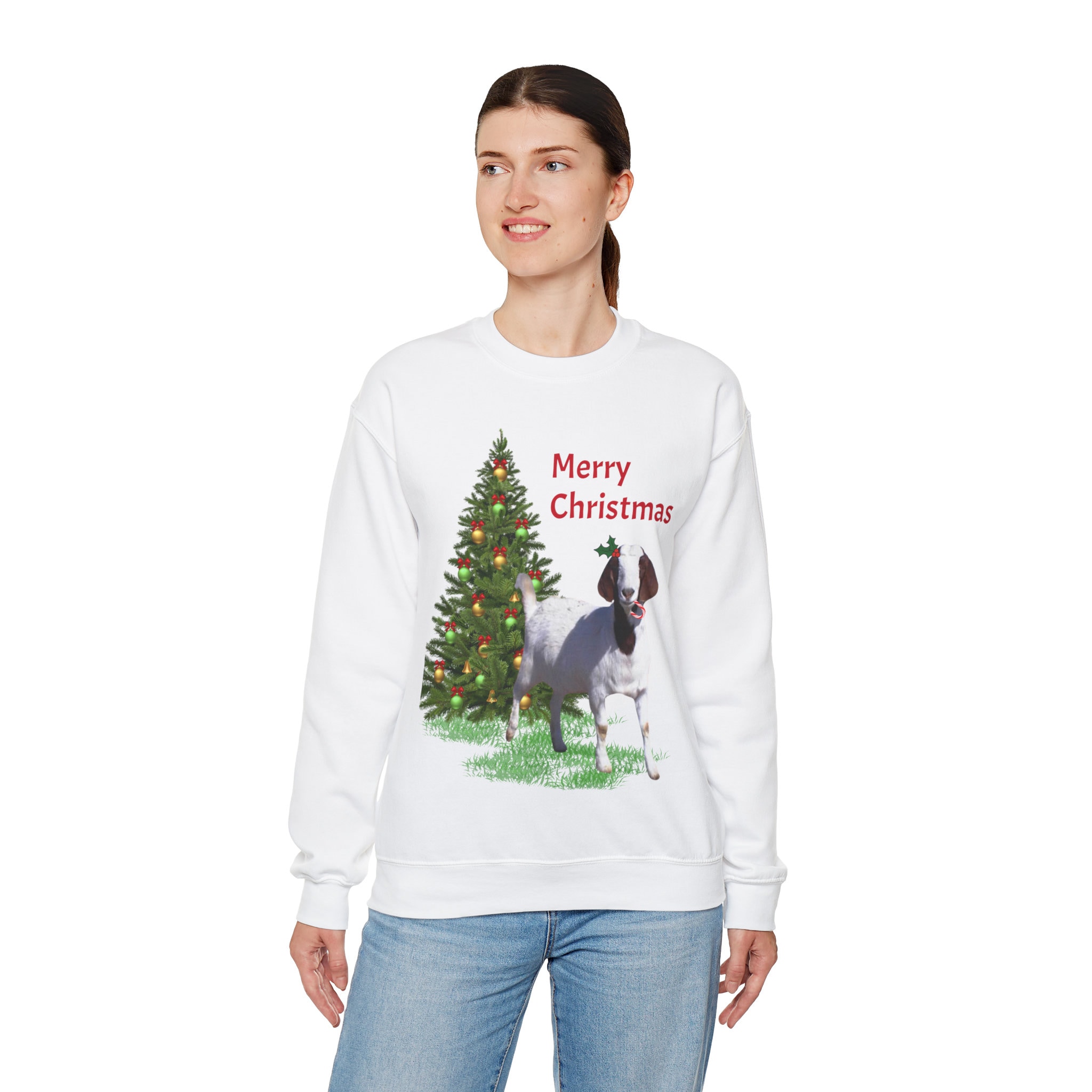How to Feed Goats for Production
Goats will find nutrition in places that cattle cannot. That is because a goat will sample everything. They will eat the trees, the weeds, the sagebrush, the grass, and even the fence posts. However, the nutrition has to be there for them to find. If a small herd of goats is roaming a 600 acre patch of rough ground, but that ground has good nutritious vegetation growing on it, the goats will go find it. The thing that a goat, or any other animal, can’t do, is manufacture basic nutritional elements that do not exist in the feeds that are available.
Goat raising can be a profitable business, but you can not starve a profit out of any animal. An animal that is not properly fed will not grow as fast, reproduce as well, stay as healthy, or reach its genetic potential. Goats are incredibly adaptable and can digest many types of feeds that other animals cannot. What you will feed your goats probably depends on what is available in your area for a reasonable price. However, understanding the nutritional elements that are present in that reasonably priced feed, so that you can supplement your goat’s diet with the nutrients that will help them to grow and produce, only makes sense. Becoming knowledgeable about the feeds you are using, or the pasture you are grazing on, will allow you to get the maximum profit out of your goat ranch, and you will no longer be at the mercy of the feed store salesman. It is important to understand what we are spending our feed dollars on, so that we can spend them to the greatest effect. Feeding our goats too much protein, or too much energy just because the salesman said it was goat feed, is an expensive way to put those nutrients back into the soil on our ranch. Because that is exactly where they are going to go. The goats will just flush them through their bodies and onto the ground.
Digestion in Ruminants
Goats are ruminants. They have four stomachs. Because of their digestive system, ruminants can manufacture many of the vitamins and some of the protein amino acids that have to be fed to simple-stomached animals. They can also readily digest large quantities of roughage. The rumen is the first and largest section of the digestive system, the storage tank. While the feed is in the rumen it will be regurgitated and re-chewed as ‘cud’ to help complete the digestive process. A goat can chew 20 gallons of cud in a day!
After the feed leaves the rumen it passes through the reticulum, the omasum and the abomasum, then finally through into the small intestines where the digestive process is completed.
What do I feed my Goats?
Goats are foragers and browsers, as opposed to grazers. They will eat the bark off the trees, and the leaves off the bushes before they will eat grass. That is one of the things that attracts some people to goat raising. Goats like to eat weeds. However, a goat has to eat a lot of fresh, growing plant matter to get the amount of dry matter she needs to breed and raise her kids. If your goats are feeding themselves out there on the pasture, you just need to be sure that they have a high enough quality forage available to them to do what they need to be doing to make you a profit. It would be unusual forage that allowed a doe, for instance, to produce enough milk for two kids, without any supplementation in the way of grain products from you. That doesn’t mean it isn’t possible, just that it would be unusual.
Generally, you can raise about 6 goats to one acre of good pasture/browse. Goats love to eat tree bark and will kill young (sometimes even older) trees. By the end of this chapter I hope you will feel comfortable about going out into your pasture and finding out what kind of nutritional elements are, or are not, available in that pasture. Then, you can reasonably feed extra, or supplemental, feeds that will fulfill the needs of your goats, not the expectations of the neighbors, feed salesman, or the dairy down the road.
Most of us have to feed a full ration to our goats at least part of the year. If you don’t have much browse available for your goats, you need to be ready to provide for that ration most of the year, or maybe all year long. Again, you can’t starve a profit out of your goats. So what should you look for to make up that full ration?
People have different things available depending on where they live. I happen to have alfalfa available to me at about $80.00 a ton. I can also purchase a complete pelletized feed for about $200.00 a ton. As an example, If I am going to feed alfalfa hay to 50 goats, all year around, I would plan for each goat to eat about 4 pounds a day. Goats tend to waste a huge amount of alfalfa hay because of the nature of the hay. It has stems and little leaves. The goats tend to shake out the hay and lose most of the leaves onto the ground, or back into the feeder where it gets wet, or compressed. So, even though they only need to take in about 4 pounds, I would probably plan on feeding more. But for the purposes of this discussion, let’s use 4 pounds. 4 pounds times 50 goats = 200 pounds a day. Times 365 days in a year = 73000 lbs. a year, or 36.5 tons. That is a lot of alfalfa! But alfalfa is a very nutritious feed. It is really more than my dry does who have weaned their kids or are newly pregnant are going to need. It is also less than my lactating does are going to need. I would be looking for ways to cut my costs by putting my dry does out on pasture for part of the year. I would also be looking into the different supplements available to me for the times that I need more energy or protein in my ration, like for the lactating moms.
Just as a matter of comparison, I would only have to feed 3 pounds of that complete pelletized feed to my goats a day. 3 times 50 = 150 pounds a day. 150 times 365 days = 54750 lbs. per year, or 27 tons. With this I would have to supplement with some long stem feed (hay) to keep their rumens working, but only about a pound a day per goat, and it would not have to be alfalfa because the nutrition would be coming from the pellets. I would also not have to supplement my lactating does. So which feed is cheaper for me? 37 tons alfalfa hay times $80.00 a ton = $2,900. 27 tons of pellets times $200 a ton = $5,475. Any contest?
I can also buy oat hay in my area for about $60.00 a ton. However, in this area, we harvest hay in July through September and it has to last us until next July. Oat hay loses its nutritional content and palatability in about 60 days. The rest of the year my goats would be eating straw.
Another thing to consider when you decide how to feed your goats, is how much you expect to be able to sell your kids for. If you are expecting your market to be about $75 per kid, then you really need to have some good pasture available to you for at least 5 months of the year. Even here in the Northwestern United States we can expect to have good pasture from about April 15th through at least the end of August, or mid September. That is 5 months that I only need to supplement my goats as needed for the stage of pregnancy, growth and kid raising they are in.
If, on the other hand, if you are expecting to get at least $250 to $750 for each of those kids, and you don’t have a good labor force to help with the feeding, you might be more interested in that pelletized feed just for the simplicity of it.
On the northwest coast and in the Midwestern United States goat ranchers feed timothy hay. In Georgia, I have heard that they feed peanut hay. In Texas they feed Sudan hay, fertilized coastal hay, and red top cane hay. I know various people that feed their goats dried peas, corn stalks, onions, peanuts and banana peels. If something is available in your area, do the research. Find out what the nutritional value of that feed is, and whether or not it is harmful to goats. However, if there is no nutritional value, don’t throw it to the goats just to fill their stomachs and make yourself feel like you’ve fed them. It isn’t worth the effort. Go and find a feed that will accomplish your goals, both financially and for the nutritional health of your goats.
How Often should I Feed?
Goat ranching is as individual as the ranchers who do it. Everyone has a different schedule and a different labor force. Goats, especially meat goats, are very easy going and adaptable. They pretty much need to have something for their rumen to work on all the time, though. So it is a good idea to feed twice a day. You should always try to feed at the same time of day because the goats will get used to the routine. Just like everyone else, they like to have a set routine.
What if you work a crazy schedule and can only feed your goats at 8:00 A.M. on Mondays and Fridays and at 11:00 A.M. the rest of the week? The goats will just be happy to see you coming, and they will adapt. Try to feed them enough roughage that they will have something left over to munch on between meals, so their rumens stay active and healthy. However, if you are even later one day, and the goats aren’t at the fence to meet you, you might look in the neighbor’s flower garden. Goats are intelligent and creative.
Finding Out about Our Feeds
Feeding animals is a matter of simple nutrition. Most parents can look at a table full of food and tell you what nutritional elements are missing. We have been trained to look for the basic food groups; protein, starch, dairy products, and fruits and vegetables. Feeding goats is no different. You should be able to visualize what they are eating and tell what is missing. As my nutritionist is so fond of telling me, “Gail, this is not rocket science.” I am going to try to explain good, basic goat nutrition and hope that I have not made it into rocket science.
Your job is to go out and explore the area that your goats live in. If it is a ½ acre pen, then you will need to go to the hay stack and the feed bins, or to your feed supplier to find out what is in your feeds. But if your goats live in a 600 acre pasture, you may need to take a sample bag with you so that you can find out exactly what your goats have available to eat. Remember that different things grow and are edible at different times of the year, too.
We have established that in different areas of the country different feeds are available to us. To find out the exact nutritional components of the hay type feed that is available to you to buy, or the feed that is growing in your pasture, you can start by calling your local county extension agent. Also, if there is a company in your area that manufactures feeds, you can call and talk to their nutritionist. These nutritionists need to know about the feeds in their area so that they can make supplements to go with them. If the first one isn’t helpful, don’t give up. I called 3 companies before I found someone to help, but he helped me to find out everything I wanted to know. You can also talk to your veterinarian. He may be able to help you find someone who can help you with your feeds.
Excerpt from Raising Meat Goats for Profit by Gail Bowman. May NOT be reproduced in any form without written permission from the author.









